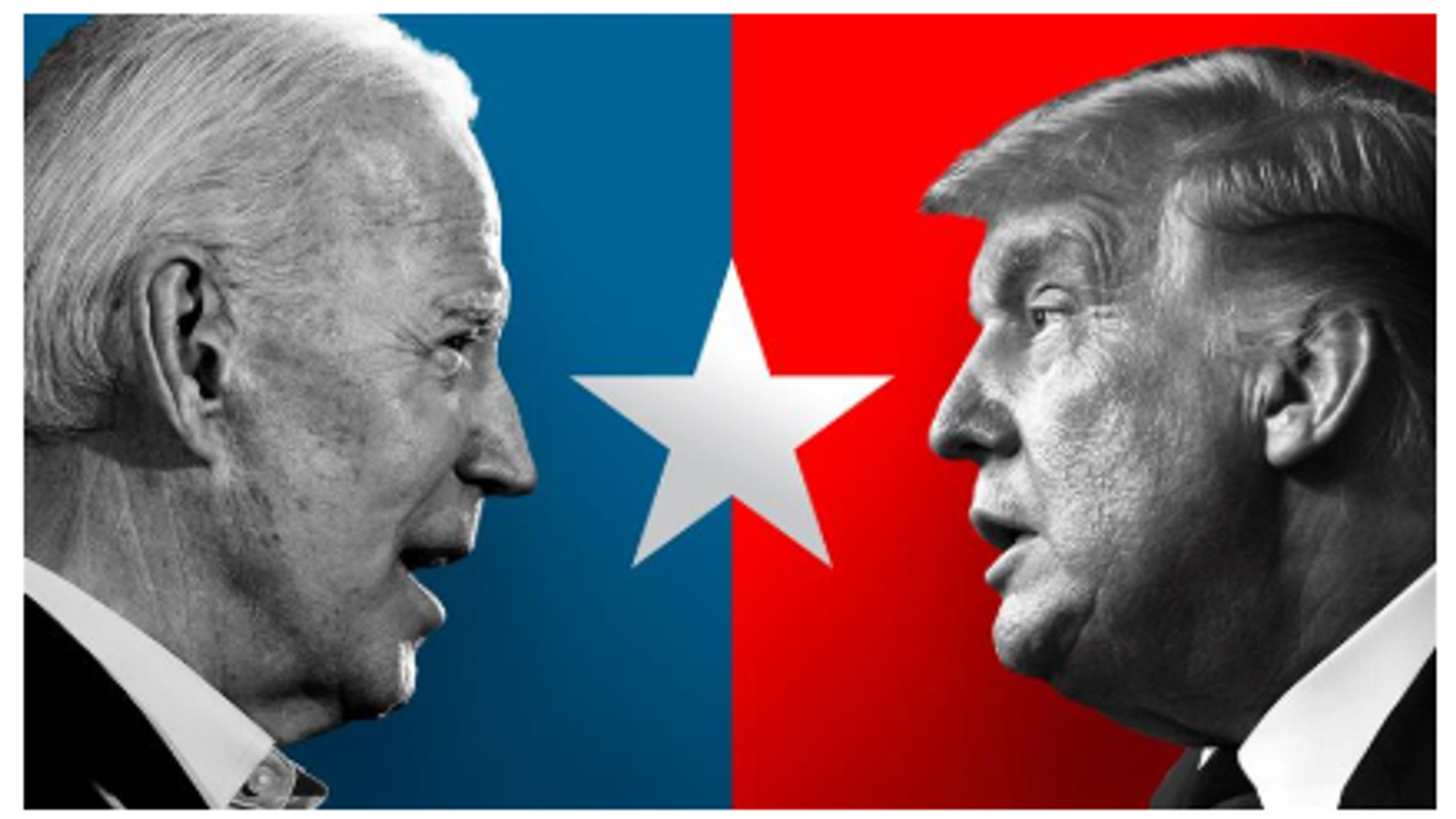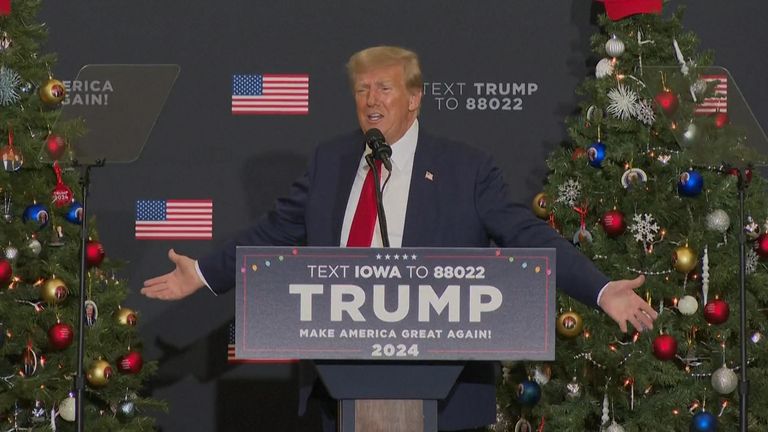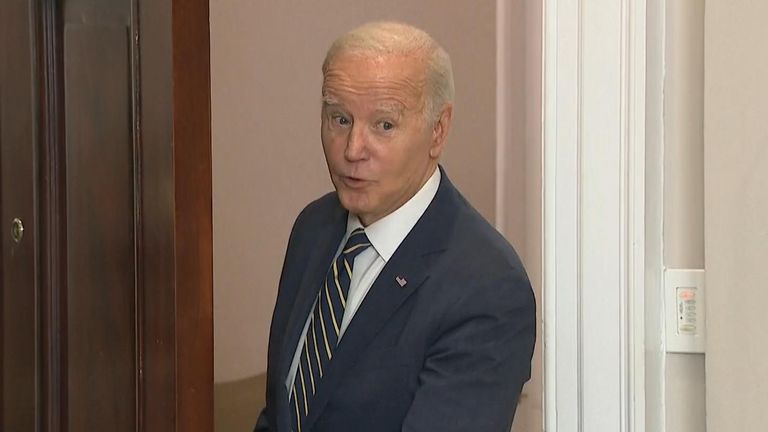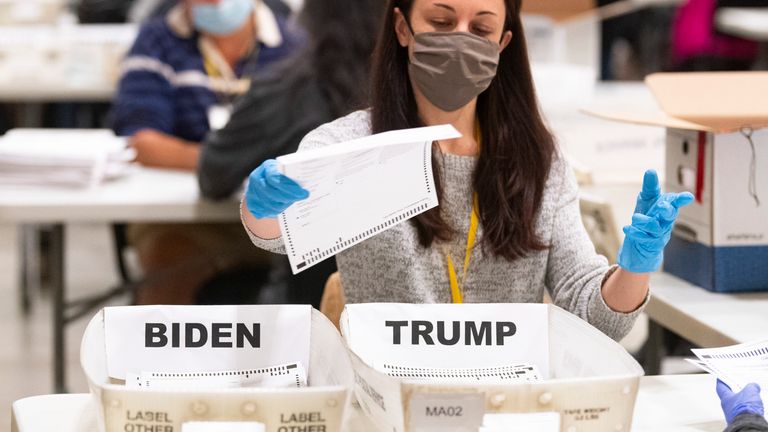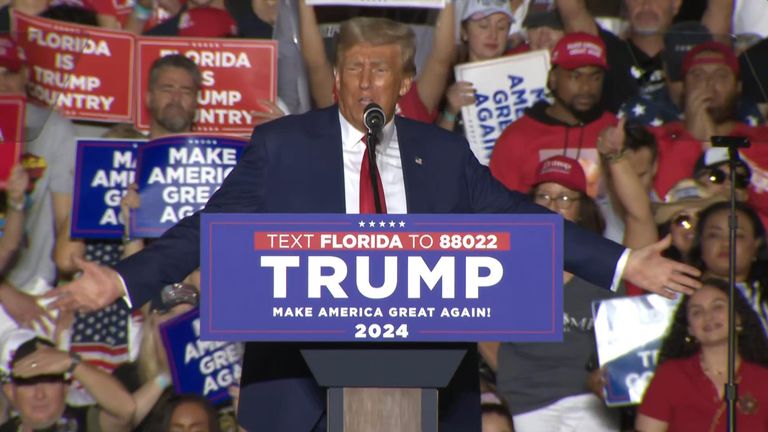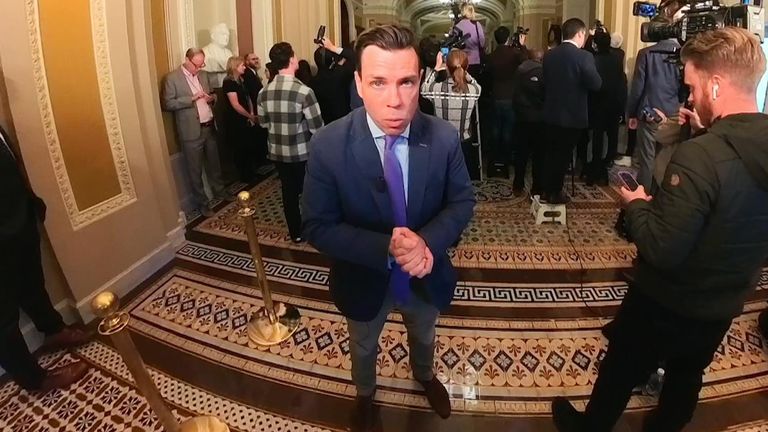Maybe my perspective is skewed, overconsumption of global events perhaps, but it feels to me unnervingly like we’re nearing a perfect storm right now.
Out of a chaotic global pandemic, humanity seems to have lurched into deeply uncertain times.
We tend to struggle to focus on more than one crisis at a time, but we are facing them on multiple fronts.
While headlines have focused on the Middle East these past few months, war in Ukraine has been grinding on, our climate continues to warm at alarming rates, AI has been coming on leaps and bounds, and behind all that, democratic structures we have taken for granted are being tested to their limits.
That’s mentioning just a few of the discombobulating challenges swirling around.
The pessimists (or are they realists?) have tended to attach an ‘existential’ tag to the most dominant crisis of the moment. And in 2023 the tag has been attached to all the challenges above.
That’s not to say similar storms haven’t been experienced before. But memories are short, experience doesn’t tend to cross generations and history has a knack of repeating itself.
Politics has caused and shaped these crises. And in turn they are now shaping the political map ahead.
Buckle up
As we head into 2024, a year when 75% of the world’s democracies will hold elections, it feels to me that it’s a year to buckle up.
My focus over the year ahead will be the United States where surely the world’s most important election will take place. I hesitate to make predictions a year out – so much could yet change.
There may well be an upset of some sort – a bombshell court verdict, an illness or something else entirely – but for now it looks set to be Biden versus Trump, again.
The fact that most Americans yearn for a young, fresh face – whether they be Democratic or Republican – but are probably stuck with two elderly men each flawed in their own way, suggests that the mechanics of American democracy are broken.
More than that though – the polls suggest there is, across America, an anti-Trump majority – all Democrats plus a proportion of Republicans. Yet, the same flawed mechanics still give Trump a path to the White House.
As I said, it would be foolish to make any predictions about Donald Trump’s chances.
But we can say this: as he tries to win again, with a powerful base of support, the structures of American democracy and the constitution itself are being put under almighty, perhaps unprecedented, stress.
The nine justices of the nation’s Supreme Court will be asked to wrestle with and untangle huge constitutional challenges. Their position demands that they do so objectively, putting aside political affiliations, but in a deeply divided nation, that will be subjected to huge scrutiny.
A Trumpian return
We can also predict, with the benefit of hindsight, what a second Trump term might look like.
Were he to win in November, expect a mountain of ‘executive orders’ on hour one after the inauguration, undoing all of Biden’s work.
The great disrupter would surround himself with his very closest allies; people who will not stand in his way.
Remember, during his last presidency, when he rattled the world, a cast of characters did stand in his way.
The people he appointed – among them HR McMaster, Bill Barr, John Bolton and his own Vice-President Mike Pence – provided the internal checks and balances. They blocked his most radical ideas from becoming a reality.
This time, should he find himself back in the White House, he will be Trump the avenger; ‘a dictator for one day’, in his own words. His team will be rock-solid loyalists.
We know what he would be like because he spells it out at every rally.
Expect the return of the 2016-era policies but this time with the chances of completion much higher.
His focus would be America-first to the delight of many Americans who wonder why their country busies itself with faraway wars like Ukraine, but to the horror of globalists who still believe in the merits of American leadership.
The western alliance would be tested once again, but this time would Donald Trump follow through on threats like leaving the NATO alliance?
Those close to him suggest it may just be a threat to get other member nations to pay more again. They point out that it worked before, to an extent.
How would a resurrection of his Abraham Accords play out? Stewarding the reset between Israel and some gulf Arab nations was, he’d say, his landmark foreign policy achievement.
Could ‘the disrupter’, whose foreign policy lieutenants will not be establishment folk, cast a masterstroke even in wake of the Middle East crisis right now?
What about Ukraine? He says he would find peace in 24 hours. But would that require a capitulation to Putin, ceding him Ukrainian land in the east?
Of course, all of this talk of ‘Trump 2.0’ is getting way ahead of many hugely uncertain months for America.
But the issues above – Ukraine, the Middle East, America’s place in the world – will be directly impacted as America chooses its direction this coming year.
Global events shaped by small-town America
In real-time, we will watch US geo-political policy decisions being framed by domestic American politics over the next 11 months.
Some issues will become paralysed with no incentive for momentum. On other issues, like perhaps Ukraine, there will be great incentive.
Team Biden will want to find a resolution for the Ukraine war. There is chatter already in Washington of a shift in White House policy – pressure on Ukraine to find a settlement with Russia.
Such is the power of America, still, that the direction of global events will be driven by issues tangible to American voters; issues much closer to home.
The US economy is booming but it’s not trickling down to voters who feel that times are tough. Migration is seemingly out of control. Inner city drug and crime epidemics are agitating many voters. Culture wars are driving wedges deep into American society.
America’s shifting global influence, clear already, is wholly dependent on its domestic political twists. All politics is local.
Of one thing we can be sure: this US election is less of a fork in the road, more of a T-junction – two entirely different directions.
